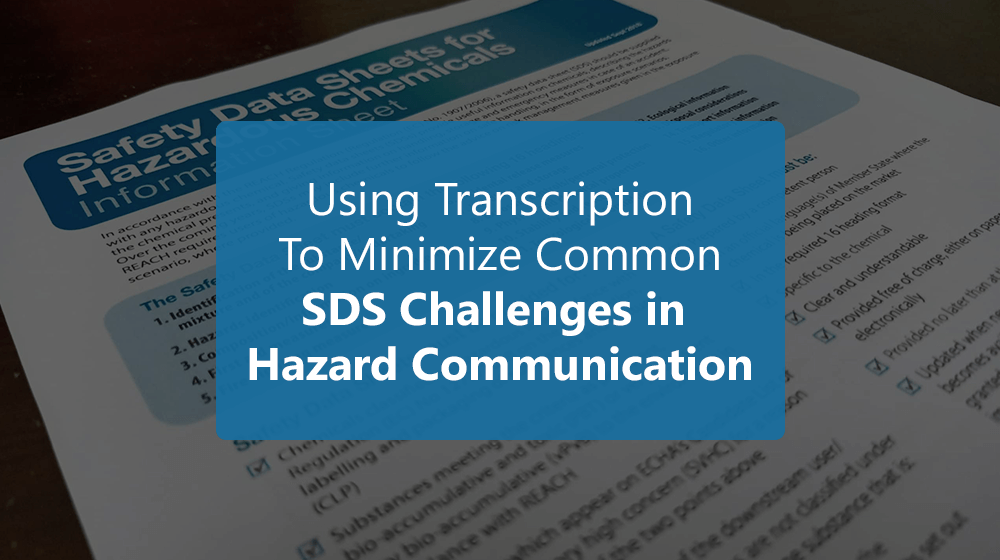Translation has indeed come a long way since the first known translation of the Epic of Gilgamesh from Sumerian to Akkadian in ancient Mesopotamia. Initially, translation was done by hand, requiring significant effort, time, and skill. However, with advancements in technology, translation has evolved from manual to machine translation.
Here, we will explore the history of translation and its evolution into machine translation.
Manual Translation
Manual translation has been used for centuries, dating back to the ancient Greeks and Romans. During this time, scholars translated religious texts and philosophical works. In the Middle Ages, monks translated manuscripts from Greek and Latin into other languages, primarily in the context of Christian missions. The Renaissance saw an increase in the translation of literature and scientific works.
Manual translation requires a deep understanding of the source and target languages. Translators must be fluent in both languages and fully grasp grammar, syntax, and cultural nuances. They also need to have a good memory and translate accurately and quickly.
Despite its limitations, manual translation remained the dominant form for centuries. However, the advent of the printing press in the 15th century permitted the mass production of books, which increased the demand for translation. It led to the development of new translation tools and techniques.
Mechanical Translation
In the early 20th century, the emergence of mechanical translation was driven by the need for faster and more efficient translations. The first mechanical translation tool was the IBM 701 computer, which was used in the 1950s to translate Russian into English. However, the results were often inaccurate due to the limitations of the technology.
In the 1960s and 1970s, computer scientists formulated new translation algorithms, including rule-based and statistical methods.
- Rule-based machine translation uses a set of linguistic rules to translate text from one language to another.
- On the other hand, statistical machine translation uses statistical models to examine large amounts of bilingual text and find patterns in the data.
Despite these advancements, mechanical translation was still limited by the complexity and diversity of language. It could also not account for cultural differences and idiomatic expressions, often resulting in inaccurate translations.
Machine Translation
The subsequent significant development in translation was the advent of machine translation, which combines algorithms with artificial intelligence and natural language processing. Machine translation uses neural networks, a deep learning algorithm, to analyze large amounts of text and learn from the data.
Machine translation has improved significantly recently with the emergence of tools and technologies offering fast and accurate translations in dozens of languages. However, machine translation still struggles with idiomatic expressions, cultural references, and complex sentence structures.
The Future of Translation
The evolution of translation has been driven by advancements in technology, and the future of translation will continue to be shaped by new developments in artificial intelligence and natural language processing. One potential area of development is the use of neural machine translation, which uses deep learning algorithms to improve the accuracy of translations.
Another development area is the use of augmented and virtual reality in translation. This technology can translate signs and menus in real-time, making travel and communication in foreign countries much easier.
Wrap up
From the days of manual translation, and technological advancements, translation has seen a lot. While machine translation has made significant strides in these years, there is still a long and challenging way to go before it can fully replace human translators. But, be it manual or automatic translation, we ace it all. So, get the best and quality-rich translation services with us!

















